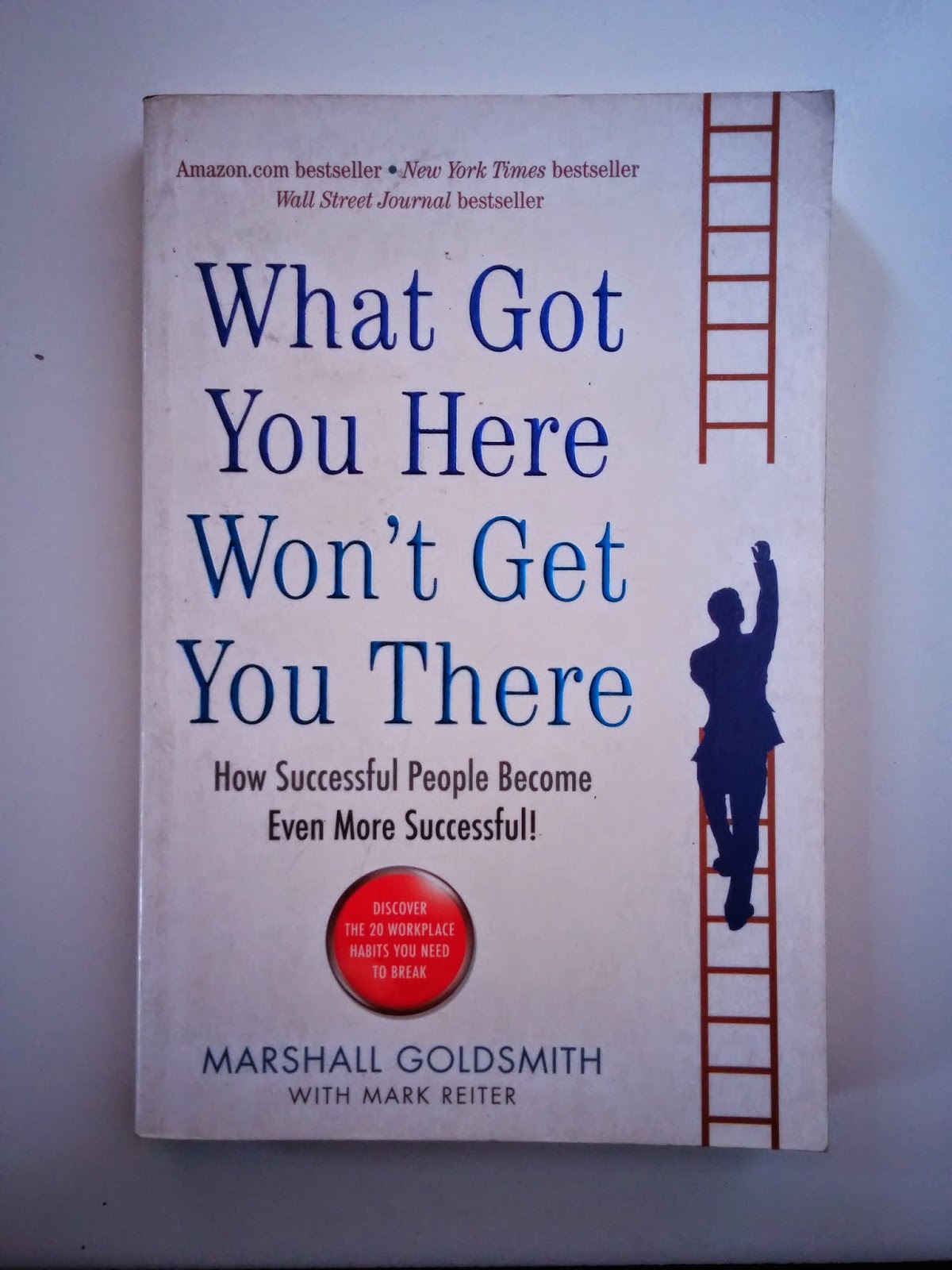Have you ever looked at your life and wondered, “How did I get here?” Then, after that thought, a more powerful one emerges – “Where do I even want to go next?” These questions are the foundation of personal development, a journey of self-discovery and growth that can lead to a more fulfilling and meaningful life. This guide explores the concepts encapsulated by the phrase “What got you here? What gets you there?” and provides a framework for embarking on your own personal development journey.

Image: www.slideshare.net
Understanding the past is essential for navigating the future. By examining what got you to where you are now, you gain valuable insights into your strengths, weaknesses, beliefs, and habits. This self-reflection is the first step towards crafting a path toward your desired destination. Whether you’re seeking a new career, a healthier lifestyle, stronger relationships, or simply a greater sense of purpose, understanding your past is crucial for making informed decisions about your future.
Understanding the Past: What Got You Here?
1. Reflect on Your Journey:
Take a moment to truly reflect on your life story. Consider significant events, relationships, and experiences that have shaped your values, beliefs, and perspectives. What successes and failures have you encountered? Which decisions have led you to where you are now?
2. Identify Your Strengths and Weaknesses:
What are you naturally good at? What skills do you possess that have helped you achieve your goals? Conversely, what areas do you struggle with? Identifying your strengths and weaknesses is essential for personal growth. It helps you leverage your strengths while working on areas where you need improvement.

Image: www.aksiku.com
3. Analyze Your Beliefs and Habits:
Beliefs shape our actions. Analyze the core beliefs that guide your decisions. What do you believe about yourself, the world, and your capabilities? Similarly, examine your daily habits. Are these habits supporting your desired outcomes, or are they holding you back? Identifying limiting beliefs and unhelpful habits is essential for creating positive changes.
Defining Your Future: What Gets You There?
1. Charting Your Course:
Once you have a clear understanding of your past, it’s time to envision your future. What are your goals and aspirations? What kind of life do you dream of living? Start by defining these aspirations in detail. What specific achievements do you desire? Where do you want to be professionally, personally, and financially?
2. Setting SMART Goals:
Break down your big dreams into smaller, manageable steps. Set SMART goals: Specific, Measurable, Achievable, Relevant, and Time-bound. Having tangible, measurable goals allows you to track your progress, maintain motivation, and celebrate milestones along the way.
3. Developing a Growth Mindset:
Adopting a growth mindset is crucial for personal development. Believe that your abilities are not fixed, but rather can be cultivated and enhanced through effort, learning, and perseverance. This belief empowers you to embrace challenges, learn from mistakes, and continuously improve.
Action and Implementation: Putting Your Plan into Motion
1. Create a Strategic Plan:
Develop a strategic plan that outlines the steps needed to achieve your goals. This plan might include actionable steps, deadlines, resources required, and potential obstacles. Having a clear roadmap increases your chances of success.
2. Prioritize and Take Action:
Prioritize your actions based on their importance and impact. Identify the most crucial steps you need to take first and focus your energy on making progress. Taking action, even small steps, helps build momentum and reinforces your commitment to your goals.
3. Embrace Learning and Continuous Improvement:
Personal development is an ongoing journey. Commit to continuous learning and improvement. Seek out knowledge, skills, and experiences that align with your goals. Embrace challenges as opportunities to grow and adapt.
Essential Tools for Personal Development
1. Mindfulness and Self-Awareness:
Develop self-awareness through practices like mindfulness meditation. Pay attention to your thoughts, emotions, and reactions. By understanding your internal world, you can develop healthier coping mechanisms and make more conscious decisions.
2. Goal Setting and Tracking:
Utilize tools like goal-setting journals, productivity apps, and goal-tracking software. Regular reflection and tracking help you stay motivated, measure progress, and identify areas where you need to adjust your approach.
3. Coaching and Mentorship:
Seek guidance from coaches or mentors who have experience in areas that align with your goals. Their expertise can provide valuable insights, support, and accountability.
4. Personal Growth Books and Resources:
Explore a wide range of personal development books, podcasts, and online resources. These materials offer diverse perspectives, insights, and strategies for personal growth.
What Got You Here What Get You There Pdf
Conclusion: The Journey of Personal Development
The journey of personal development is not a destination, but a continuous process. By understanding your past, defining your future, taking action, and embracing continuous learning, you can unlock your potential and create a life that is more fulfilling, meaningful, and aligned with your goals. Embrace the challenges, celebrate your victories, and never stop seeking growth. Remember, the answer to “What gets you there?” is ultimately in your own hands.





